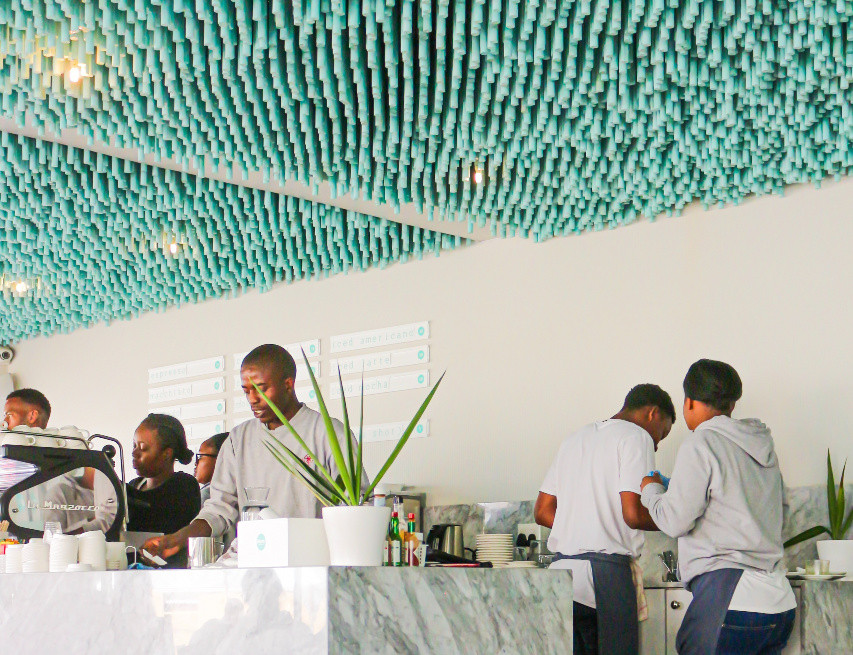Restaurant Redesign and Tech Adoption Motivated by Rise in Takeout Ordering
4 Min Read By Zayn King-Dollie
Over the past few years, the restaurant industry has experienced numerous challenges with the spread of COVID-19 temporarily halting regular operations. While lifted restrictions indicated a hopeful upswing, growing inflation, increasing worker pay and fear of a looming recession have caused the landscape to once again become worrying. These setbacks and evolving customer expectations amid the pandemic have shifted the way that operators are managing their own spaces, as they work toward maximizing efficiency and revenue while reducing operational costs.
Industry sales indicate record-breaking numbers and projections show an increase of 12.4 percent — accounting for over $898B – but that has more to do with price increases and restaurants attempting to recoup the budget spent on ingredients than a true increase in sales. There has also been a rise of digital adoption by consumers since the pandemic. While the acceleration was in large part due to the 2020 shutdowns, the result…
Sorry, You've Reached Your Article Limit.
Register for free with our site to get unlimited articles.
Already registered? Sign in!


